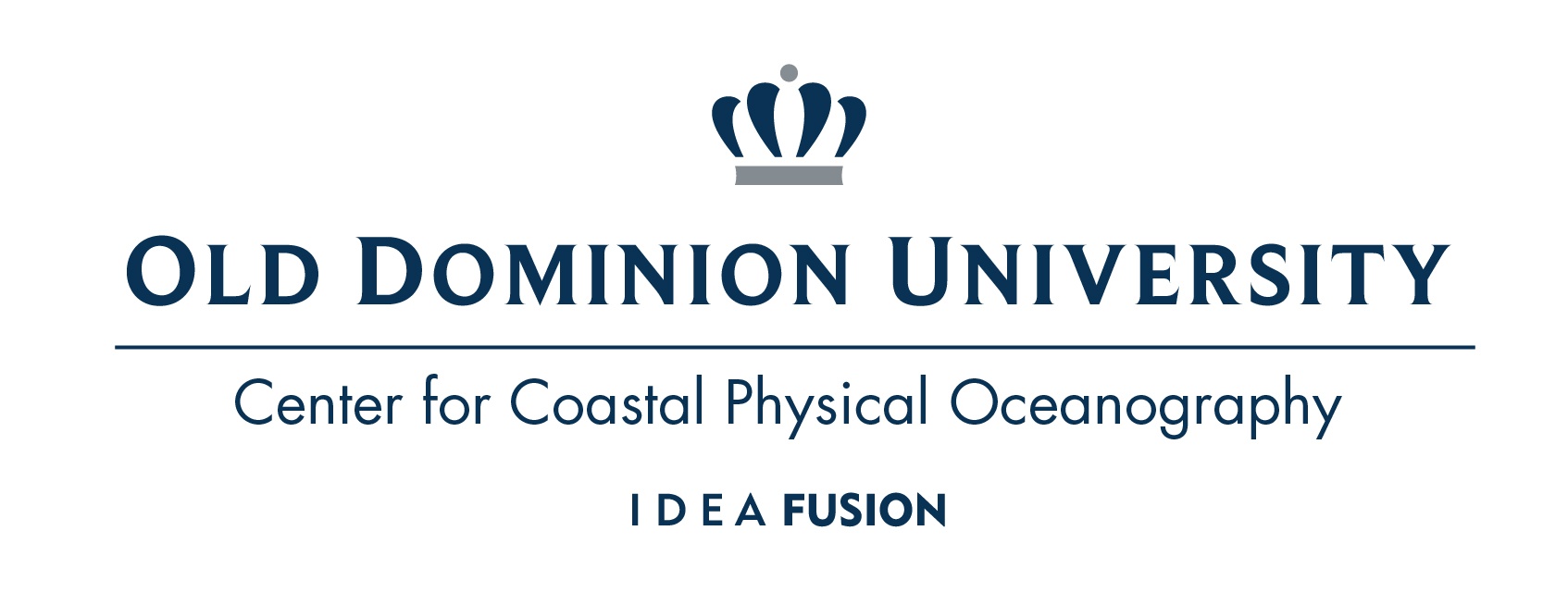Over the past several years, there have been several studies
focused on reconstructing global mean sea level (GMSL) for the 20th
century, along with projecting rates out into the future. Of greater
importance for mitigation and adaptation plans, however, is the rate of
regional or local sea level rise. Ocean dynamics along with changes in
Earth's gravitational field can cause regional sea level to deviate from the
change in GMSL. During the satellite altimeter era covering the past two
decades, regional sea level trends can be four times the global average,
with much of this spatial variability owing to internal climate
variability. Isolating the long-term signal that may be expected to persist
into the future, or from which an acceleration can be estimated, is a
challenge with the short satellite record. Prior to the satellite altimeter
era, tide gauges must be used to study past sea level variability. Tide
gauges suffer from sampling challenges that make regional studies difficult,
and as a result, there has been relatively little discussion and few
comprehensive efforts on reproducing long-term regional sea level trends.
This work aims to determine the 20th century regional pattern of sea level
rise by reducing the tide gauge data to a usable subset and taking into
account the factors that cause spatial variability in trends on long
timescales. This provides an estimate of secular changes leading to
regional sea level rise associated with anthropogenic effects. Either
exacerbating or suppressing these regional trends is natural internal
climate variability. By determining the frequency and magnitude of these
inter-annual to decadal events, coupled with the secular trends, we can
determine future regional sea level along the East and West coasts of the
United States. This is an important step for mitigation and adaptation
plans, since high frequency events such as storms and high tides will be
coupled with regional sea level rise, causing increasing flooding and
inundation. As such, we will determine future nuisance flooding rising from
a combination of sea level contributors ranging in timescales from tides to
anthropogenic forces.
Alessandra (Ali) Burgos is a graduate student obtaining her Master of Science in Ocean and Earth Sciences from Old Dominion University. She is a part of the CCPO team under advisor, Dr. Benjamin Hamlington. Ali received her B.S. in Meteorology at Rutgers University and is highly interested in climate change and air-sea interactions. Her previous research has included looking at temperature changes in the Arctic for Polar Amplification and is currently working on sea level rise at the regional scale. Ali is interested in science-based policy and is moving her research interests toward coastal management.

|
CCPO Innovation Research Park Building I 4111 Monarch Way, 3rd Floor Old Dominion University Norfolk, VA 23508 757-683-4940 |

|